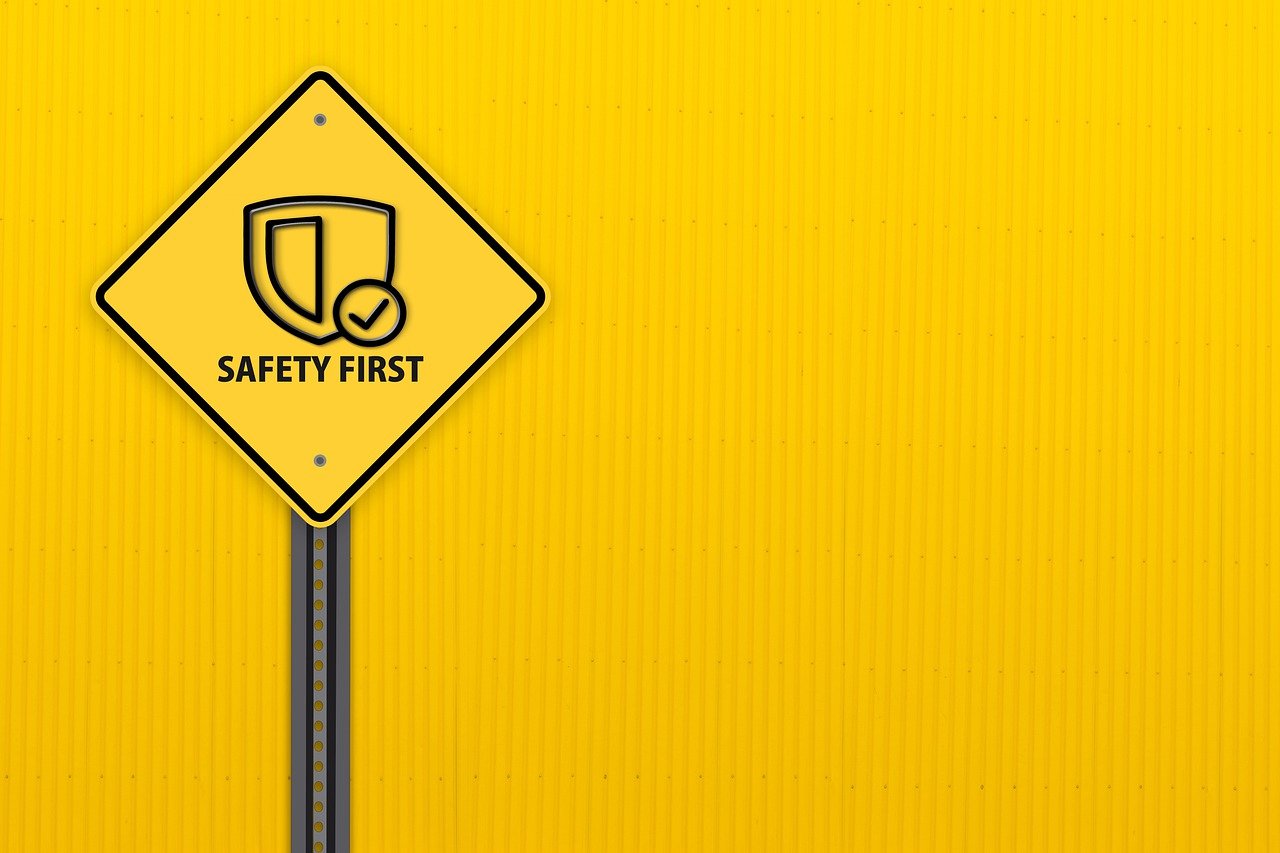Managing Psychosocial Risks at Work: New Guidance from WorkSafe NZ
Health and Safety / 28 June 2025

In April 2025, WorkSafe New Zealand released a new Good Practice Guide: Managing Psychosocial Risks at Work, a key document aimed at helping businesses understand and meet their obligations to protect workers’ mental and emotional health. This guidance sits squarely within the framework of the Health and Safety at Work Act 2015 (HSWA), which defines “health” as including both physical and mental health.
The guide (available here) is essential reading for employers, HR professionals, and directors. It formalises expectations that businesses proactively identify, assess, and control psychosocial hazards and risks in the workplace on par with physical health and safety hazards.
What Are Psychosocial Hazards?
Psychosocial hazards arise from the way work is designed, managed, and organised, as well as from social interactions and the physical or emotional demands of the work environment. They include:
- Work design factors such as long hours, heavy workloads, low autonomy, unclear roles, and repetitive tasks.
- Social and organisational factors including poor leadership, bullying or harassment, lack of support, or insecure employment.
- Environmental conditions like working in isolation, exposure to traumatic events, or poorly resourced environments.
These workplace hazards have the potential to cause real harm, including anxiety, depression, fatigue, burnout, cardiovascular disease, and even substance abuse.
Legal Obligations Under HSWA
Under section 36 of the HSWA, Persons Conducting a Business or Undertaking (PCBUs) must ensure, so far as is reasonably practicable, the health and safety of workers. The guide makes it clear that psychosocial hazards must be identified and managed like any other workplace hazard. This includes eliminating hazards where practicable or minimising them if elimination is not possible.
Employers must also consult with workers when assessing risks and determining control measures.
Managing Risks: A Structured Approach
WorkSafe’s guide offers a practical roadmap for businesses. Key steps include:
- Identifying hazards using incident data, worker feedback, and observations.
- Assessing risks: by considering the frequency, intensity, and duration of exposure—and the potential severity of harm.
- Implementing controls such as redesigning roles, managing workloads, improving communication, enhancing leadership capability, and ensuring support systems are in place.
- Monitoring and reviewing controls regularly, especially during organisational changes or when risks are re-identified.
Responding When Harm Occurs
While proactive measures are ideal, the guide also details how employers should respond when psychosocial harm occurs. This includes:
- Communicating openly and empathetically with the affected worker.
- Making reasonable accommodations to support their recovery.
- Providing access to support services, such as EAPs or counselling.
- Reviewing and updating controls to prevent recurrence.
In cases of serious harm or work-related suicide, there may also be notification obligations under the HSWA.
What This Means for Employers
Employers should review their health and safety systems, policies, and leadership practices to ensure psychosocial risks are properly addressed. This includes regular engagement with staff, training for managers, and clear pathways for raising concerns.
We have developed a Mental Health and Wellbeing Toolkit to give you guidance on dealing with psychosocial hazards in your workplace. The Toolkit is available for a fixed price of $2,500 plus GST, and includes:
- Risk Assessment Template and Guidance for Psychosocial Hazards;
- Mental Health and Wellbeing policy, covering stress management, fatigue and steps that can be taken to identify and manage mental health risks in the workplace; and
- Anti-Bullying, Harassment and Discrimination Policy, setting out definitions for each of these terms, examples of unacceptable behaviours and a process to follow where an incident arises.
Feel like you might need some training in this area? Our team can also offer a one hour training session, either in person or virtually at a cost of $1,500 plus GST, covering:
- An overview of your mental health and wellbeing obligations, including documentation and reporting;
- How to identify psychosocial risks;
- Awareness of what constitutes bullying and harassment;
- What practical steps should be taken;
- How to manage employees and what support can be offered; and
- Practical tips on how to manage conflict in the workplace.
Disclaimer: We remind you that while this article provides commentary on employment law, health and safety and immigration topics, it should not be used as a substitute for legal or professional advice for specific situations. Please seek legal advice from your lawyer for any questions specific to your workplace

